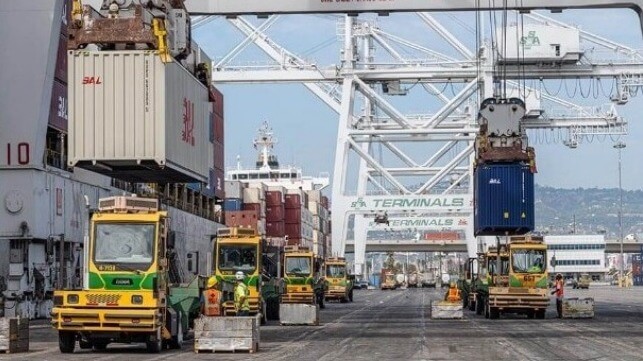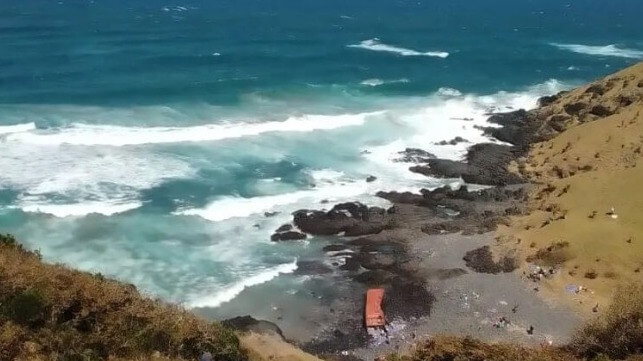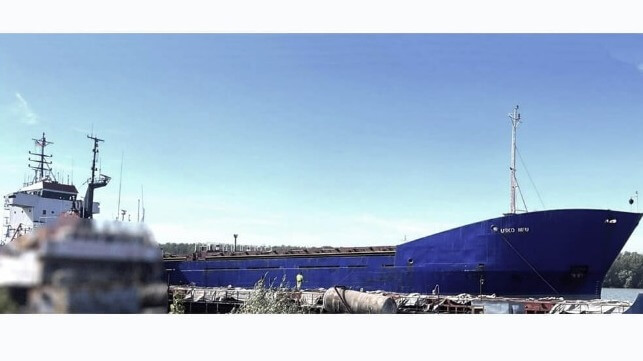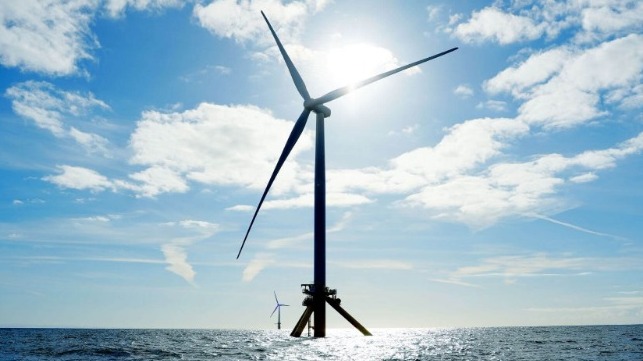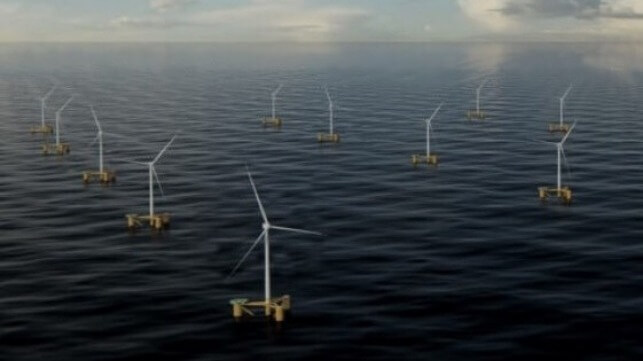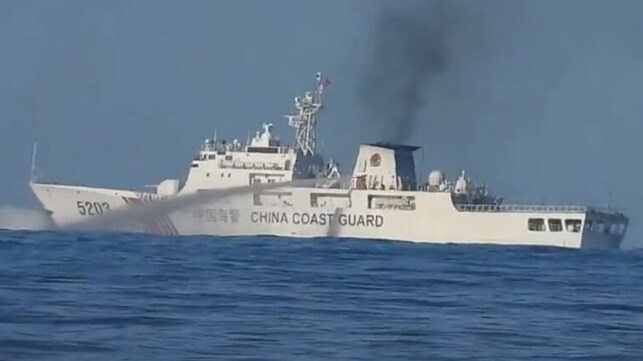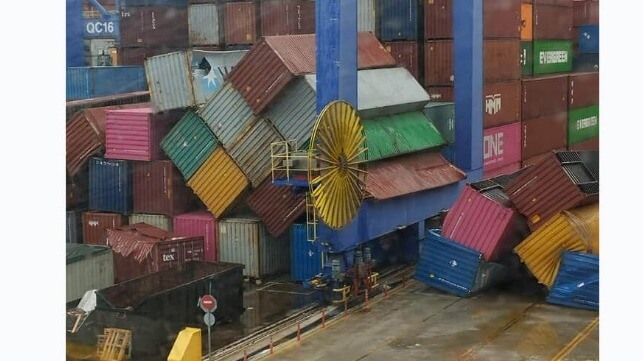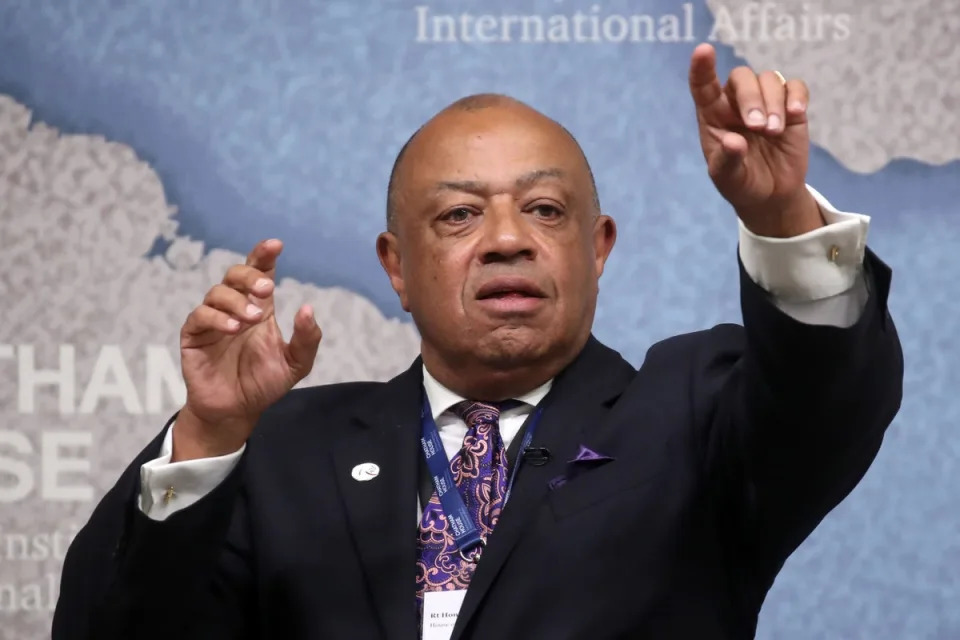Montreal Dockworkers to Refuse Overtime in New Indefinite Strike
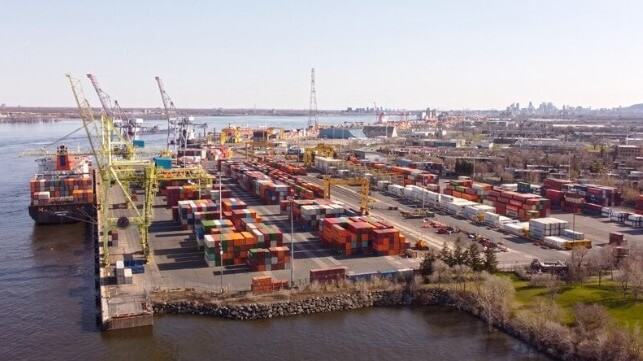
The ongoing dockworkers' contract dispute in Montreal will be moving into a new phase as their union announced plans to begin refusing overtime assignments in a new effort to pressure contract negotiations. It comes a week after the union disrupted port activity by staging a three-day strike against two of the larger container terminals in the Port of Montreal.
The union representing Port of Montreal longshore workers (CUPE Local 375) has now filed a notice that it will refuse to work overtime starting at 7 am on Thursday, October 10, for an unlimited period. Under Canadian labor law, the union must file a 72-hour advance notice of any planned action.
The longshore workers at the Port of Montreal have been without a collective agreement since December 31, 2023. They contend that talks being overseen by government mediators for more than a year have now bogged down on how the employer manages scheduling, among other things. This led to a strike authorization vote in late September and the initial partial three-day strike that took place last week. The strike authorization runs for 60 days and permits a range of different actions.
“We are still bargaining with the help of two mediators from the Federal Mediation and Conciliation Service assigned to the case,” said CUPE union representative Michel Murray. “We’re willing to get down to intensive negotiations, but since the employer is dragging their feet, we’re turning up the pressure so that they put forth the energy needed to find a solution.”
The Maritime Employers Association (MEA) responded by saying that the overtime ban would have a “significant impact on deployed crews and the tasks required for operations.” They warned that incomplete shifts would cause imminent slowdowns or even halt operations at the port, and as a result, the MEA said it has “decided that employees assigned to shifts with incomplete crews will not be paid.”
The Montreal Port Authority has already warned that the escalation of the labor dispute comes at a critical time in the harvest season when export and import cargo must transit through the Port of Montreal.
“It is vital that the parties reach an agreement as soon as possible, given that $6 billion worth of goods are expected to pass through the Port of Montreal over the next few weeks," said Julie Gascon, President and CEO of the Montreal Port Authority (MPA). “The climate of uncertainty that accompanies the lack of progress between the two parties means that we have to anticipate long-term impacts. Supply chain reliability is at the heart of Port users' business decisions, and that's why I'm calling on both parties to return to the table and reassure the thousands of companies that rely on our services to export and import goods crucial to their operations.”
Port officials said that last week’s action which closed the Viau and Maisonneuve terminals operated by Termont impacted 40 percent of the total container handling capacity in Montreal. Halfway through the three-day action, on Tuesday, they said that five vessels were forced to standby and that more than 11,500 TEU were being delayed. They predicted that the action would result in a 10 percent drop in total cargo volumes handled at the Port of Montreal, which is the second-busiest port in Canada.
Major carriers responded to the ongoing disruptions by announcing that they would begin imposing surcharges on all import containers bound for the Canadian East Coast.
The federal mediators told CBC that they continue to be in touch with both sides and are helping them with the negotiations. The union however charged that the employers refused to meet last week, while the employers’ association contended that no meeting had been scheduled.
